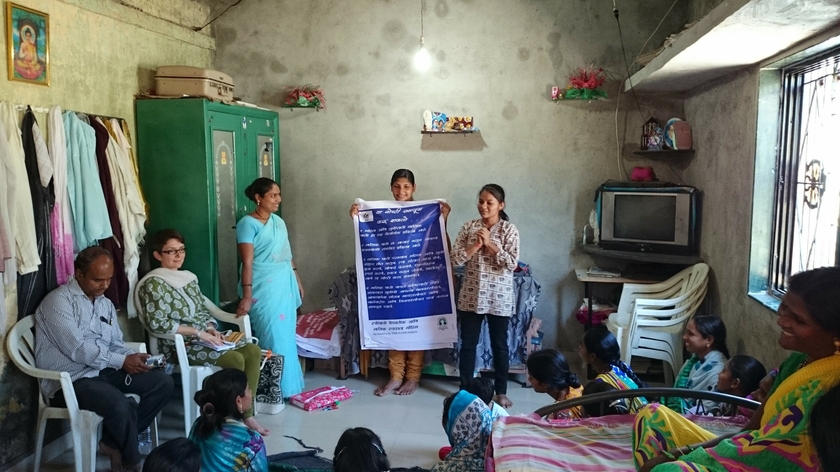Sandec
Genderised WASH - WASH in the context of maternal health and menstrual hygiene in Uganda and India

How Indian and Ugandan health facilities manage the sanitation needs of special users groups
This two-year research project assesses the conditions and functionality of sanitary infrastructure in four selected health centres (HCFs) in India and Uganda using adopted indicator checklists. The specific needs of different user groups (in-patients, staff and visitors), with a gender focus (e.g. maternal health, menstrual hygiene management) are explored using the GALS tool (Gender Action Learning System). This is supplemented by interviews with key stakeholders (doctors, health centre management staff, and regional health workers). The project will provide evidence for results that are both technically appropriate and socially acceptable. The overall project goal is to help improve WASH services.
Initial findings
Initial outcomes of the infrastructure assessment for the four selected HCFs in India and Uganda show that existing indicators checklist (e.g. of the WHO) should be complemented by the following three important dimensions:
- Inclusion of complexity of HCF WASH infrastructure – taking into account the variations of toilets used (squat and seated toilets, dry and flush toilets) with various sanitary practices (wipers, washers). Indicator checklists must take into account varying sources of water that are mixed and used for many different purposes.
- Infrastructure requirements of attendants (private caretakers of patients) - The most pressing issues in Indian health centres is not water, as in Uganda, but the lack of personnel and space: Without the support of attendants (mostly family members), the inpatients would not get the needed assistance and care. The infrastructure needs of these attendants need to be taken into account.
- Gender specific infrastructure indicators – indicators need to encompass (i) a place to take a bath after giving birth, (ii) a washing and drying place for reusable menstrual hygiene products, (iii) safe disposal of used menstrual hygiene material. Additional research is needed regarding issues of menstruation: many restrictions and myths exist in both countries, leading to exclusion of women from various sectors of life. Not much is known about those restrictions, myths and practices regarding female patients - and their medical assistants and attendants - in health facilities.
Expected research outputs: Revised WASH indicators checklist for health facilities; Built intervention for selected health facility; Policy brief.
